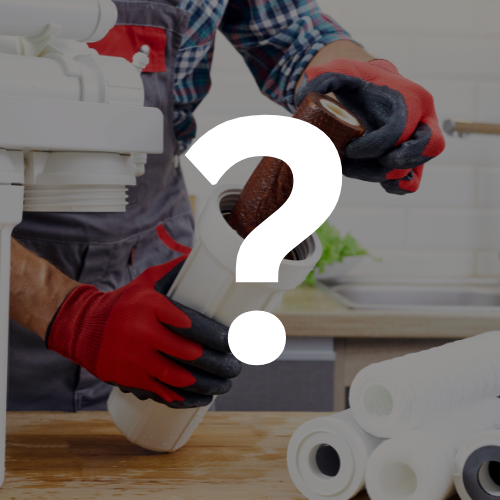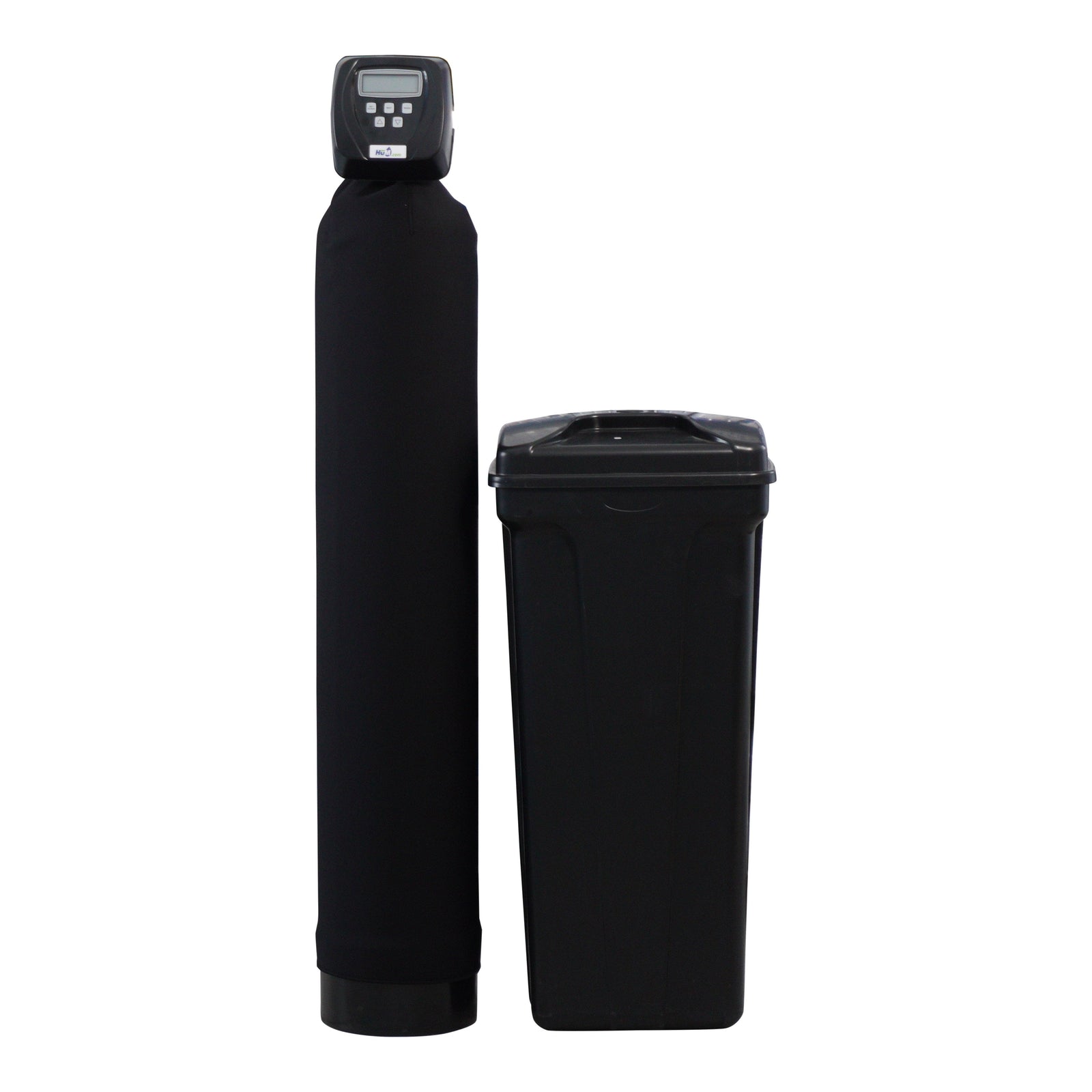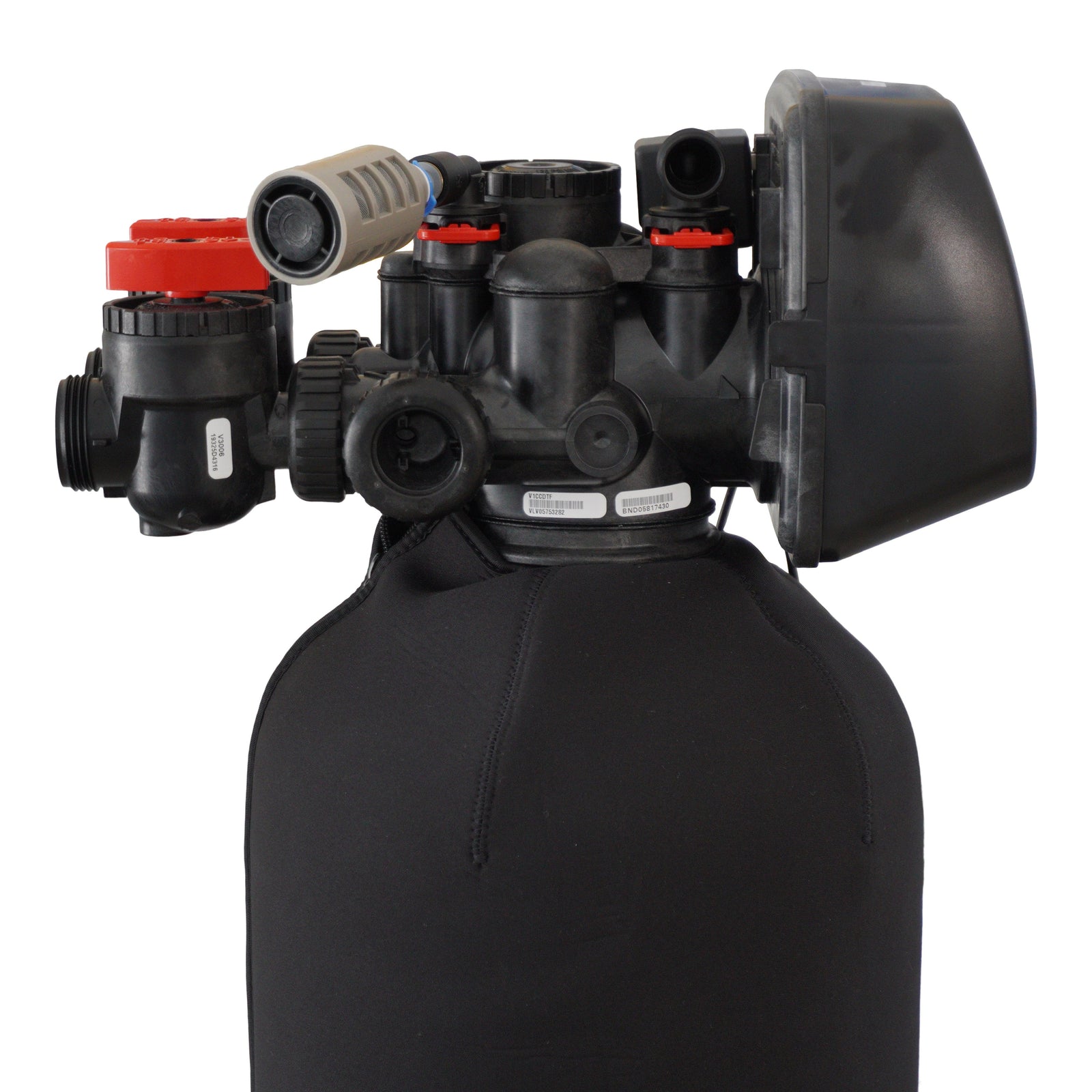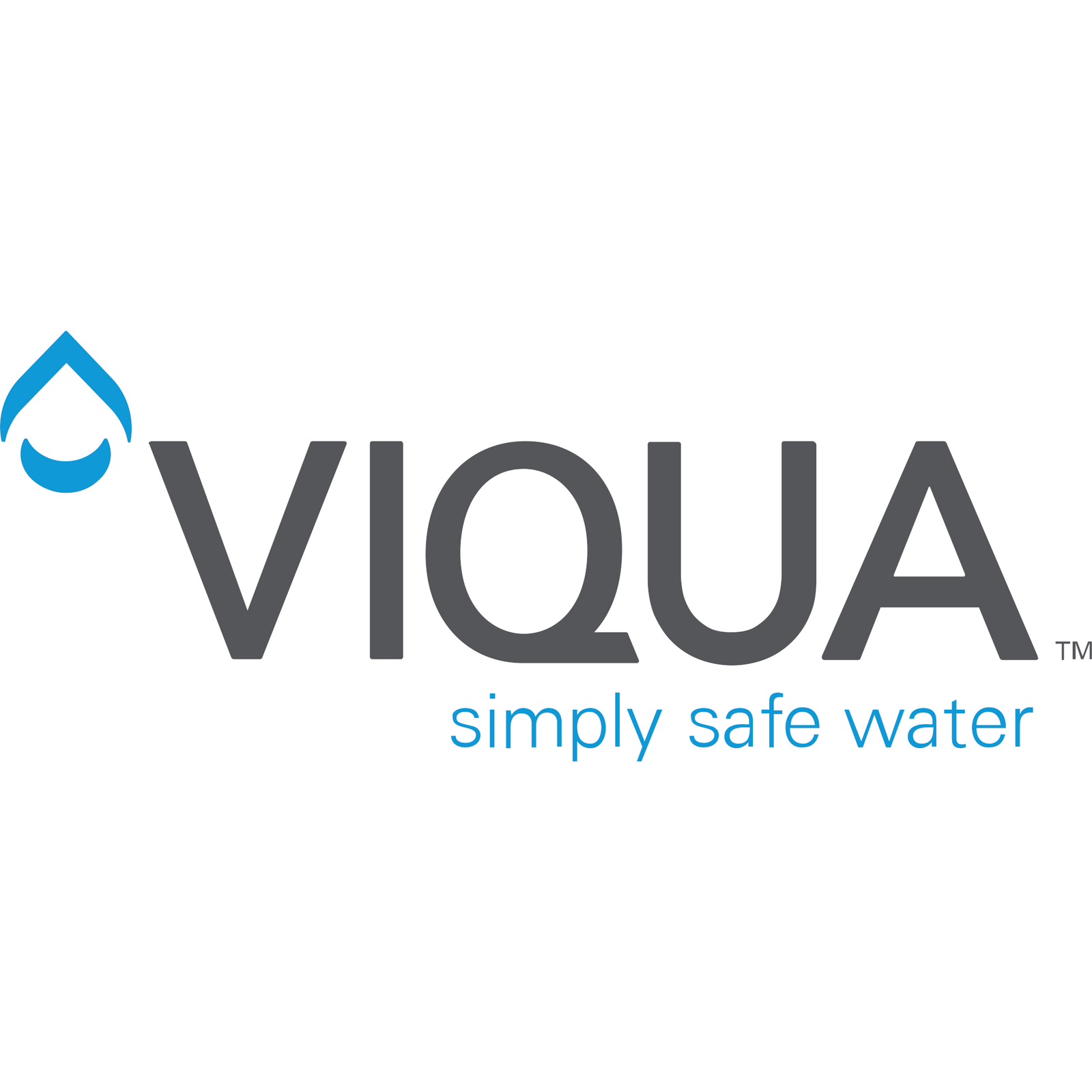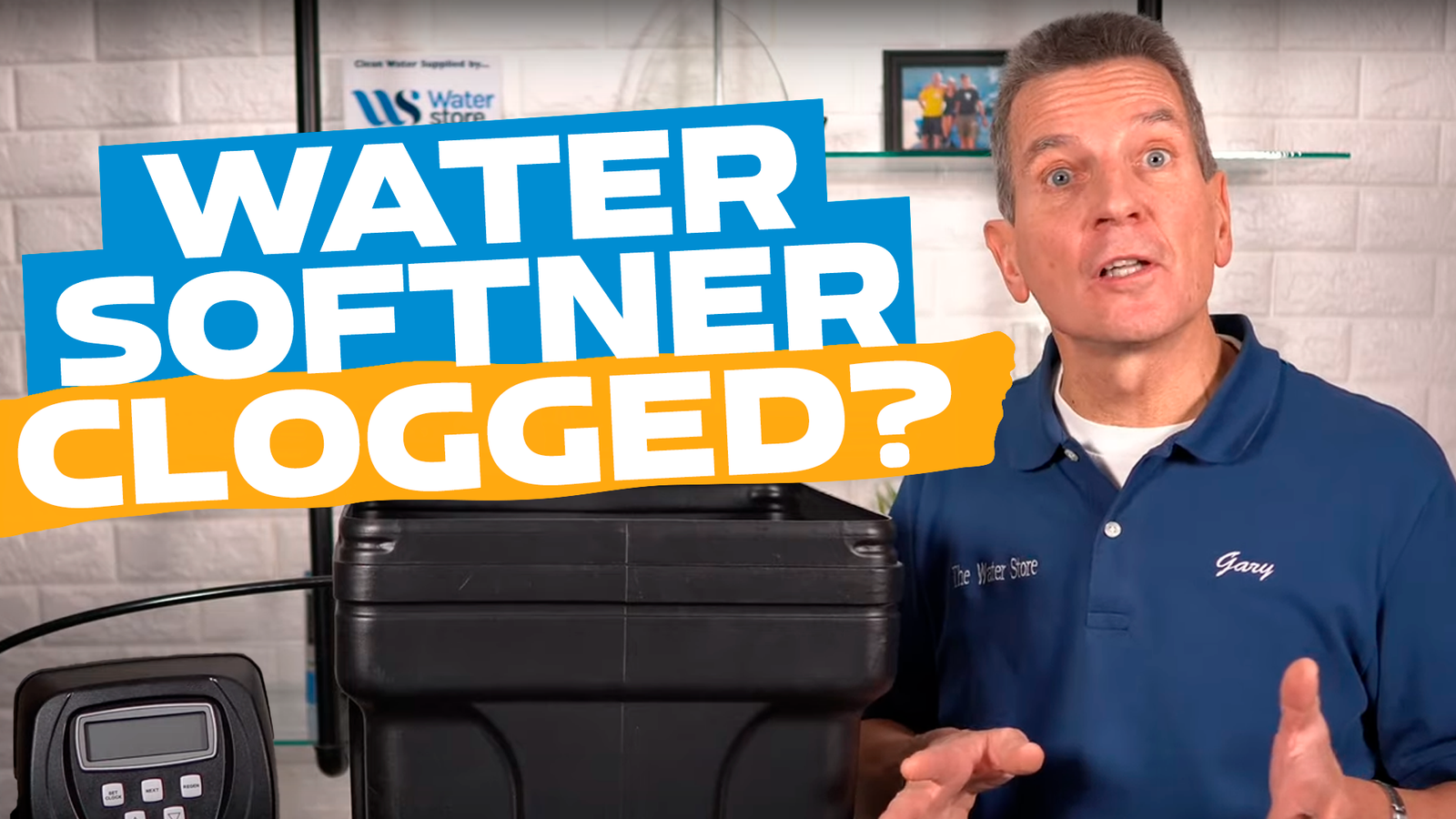
Has your water softener stopped using salt and softening your water? And when you look inside your brine tank, is there a solid salt mass? Is it hard as a rock? Your water softener is clogged!
There is a better way to remove that salt clog and get your water softener working again without pounding with a hammer and a chisel. And in this blog, I'll show you how! Whether you're a do-it-yourself homeowner or a plumber, you'll learn how to quickly and easily remove that salt clog inside your water softener and get it working again.
I've got some great tips on keeping that salt clogged from ever forming inside your water softener for your family. In case you're not 100% sure, I've got a great YouTube video that explains how the water softener works. Check it out here: https://www.youtube.com/watch?v=udmE-hhh084
Years ago, we never had to worry about salt clogs in our water softeners because we used rock salts that contains dirt. But with this use, the dirt ended up in the bottom of the brine tank, having to be cleaned out every couple of years. And those old water softeners sucked up the dirt into the valve and clogged the injectors.
Nowadays, we use pure salts. And the problem with this is that the salt tends to bind together. And what happens is that when water goes into the tank, it touches the salt, dissolving to make the brine, and then the water sucks it back out. But when it's dissolving the salt, it's also taking those salt pellets and the crystal salt in there and making it soft. For that reason, the weight of the salt above it compresses it, and you start to get the salt clog in the bottom of your water softener.
Most importantly, the symptoms of the salt clog are the water softener has stopped using salt and your water suddenly is hard in your home.
The first step in removing that salt clog is removing all the loose salt on the top. You can use something similar to a pet food scoop to scoop the loose stuff out. Once you've reached a pretty hard mass, get something not too sharp and preferably made of wood, like a broom handle or a piece of doweling, to push down into the salt.
There's a probability you could have a salt bridge, which is a mass of salt that is creating a bridge with a hollow underneath it. And by using the wooden handle, it can break through that salt bridge, and the salt can fall down. But if you poke on it with that broom handle and nothing breaks down, you've definitely got a salt clog.
In case you have a salt clog, what we need to do is to dissolve it with water. If there's any standing water at this point, use a Shop-Vac to suck out all of that water. Then get the hottest tap water you can find, about three gallons, and pour in next to the brine well, to dissolve the salt away from the slots so that the brine can get in and water can get back out. Once you've poured that hot water in there, let it sit for a day or so. It takes time for that water to absorb the salt.
When you return the next day, you'll see that the water will have absorbed some of the salt and will start moving away from the brine well. Try to see if you can loosen up more of that salt using the hammer and the chisel and break some of that stuff up. Make sure you don't damage the brine tank itself. Once you've done that, scoop the salt out of the water with a Shop-Vac, because this water is now brine, and it won't absorb any more salt. For that, put three to four gallons of new hot water in with the salt and let it sit overnight.
So the next day, you should see a gap between the brine well and the salt filled with water. At this point, put your water softener in a regeneration cycle. If you've got one of our HUM water softeners, push the furthest button on the right and hold it down for 5 seconds so that you'll hear the motor start-up and go through a cycle. Once it starts counting down, push the button again, that'll bring the brine cycle, and you should see the water dropping very slowly. It takes 60 minutes for three or four gallons of water to be consumed. This means the brine is getting into the brine well, and water will come back out. Come back the next day to see if there's any loose salt that you can break it up and remove. And then, over the next few days, you'll see that more and more of the salt will become loose, and you can remove it chunk by chunk.
Once the salt clog is all gone, put a couple of bags of water softener salt in your brine tank, and add about four or five gallons of water. Finally, put it through a regeneration cycle to get the water softener going again.
To make sure you never have this problem in the future, there are two things that you can do. The first one is not to overfill the brine tank. Keep it about half full and when the salt level drops to about a quarter, bring it back up to half full or a bit more. The second thing you can do is to be very careful about the type of salt you use. This video will help you choose a salt that won't clog your water softener.https://youtu.be/mgru8nuTODk
If you're not sure how much salt should be in your brine tank, you can check that out in this video
And if you have any more questions or would like to see how I do it, check out my video

